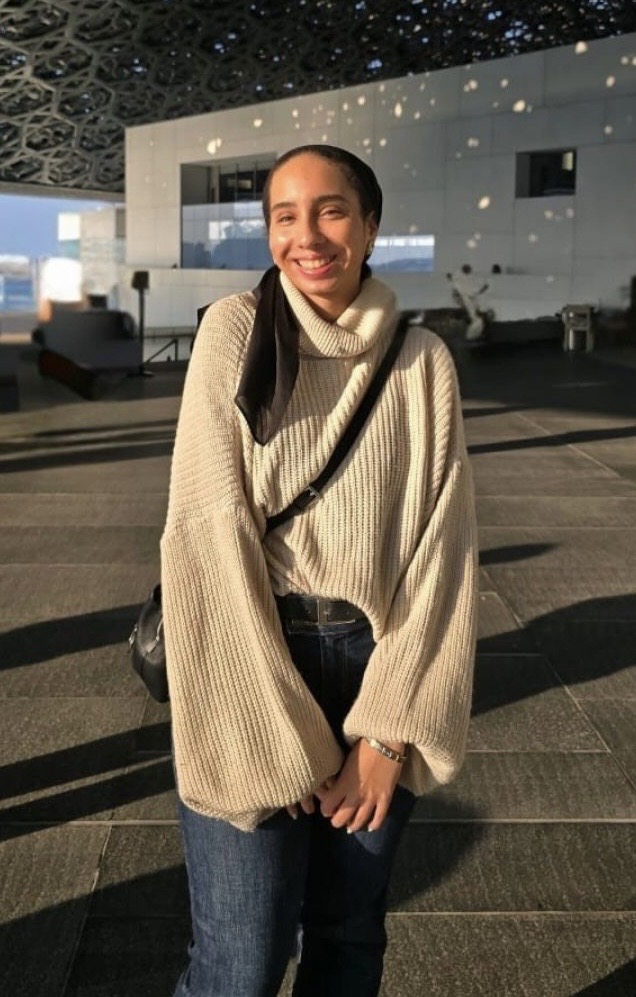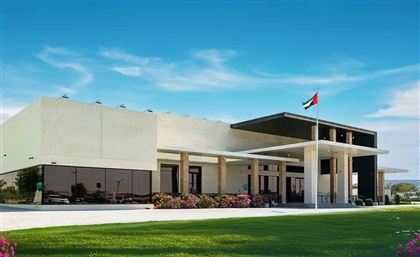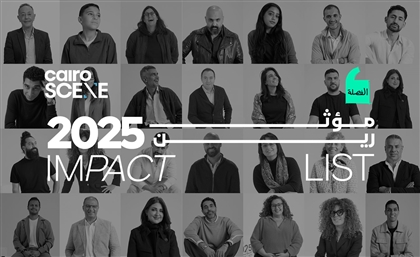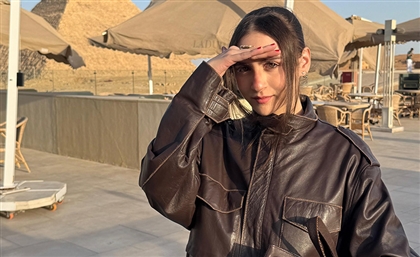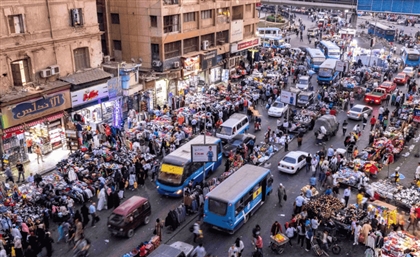Sleeping in History: Heritage Hotels of the Middle East
Restored buildings across the Middle East preserve their old-world charm, blending rich cultural heritage with timeless architectural beauty and layered histories.
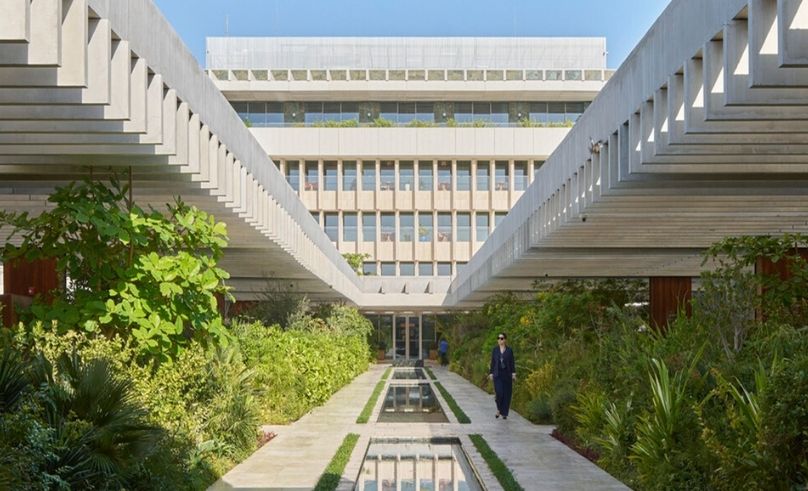
In a region steeped in rich and layered history, conservation is more than preserving buildings - it’s about breathing new life into their stories. This approach is reshaping architecture across the Middle East, but nowhere is it clearer and more celebrated than in hospitality, where guests and travellers from across the globe can experience the styles and fashions of the past directly. These five projects - each shaped by a distinct climate and culture - demonstrate how reusing existing structures offers renewed life while honouring their heritage...
Beit Al Mamlouka, Damascus, Syria
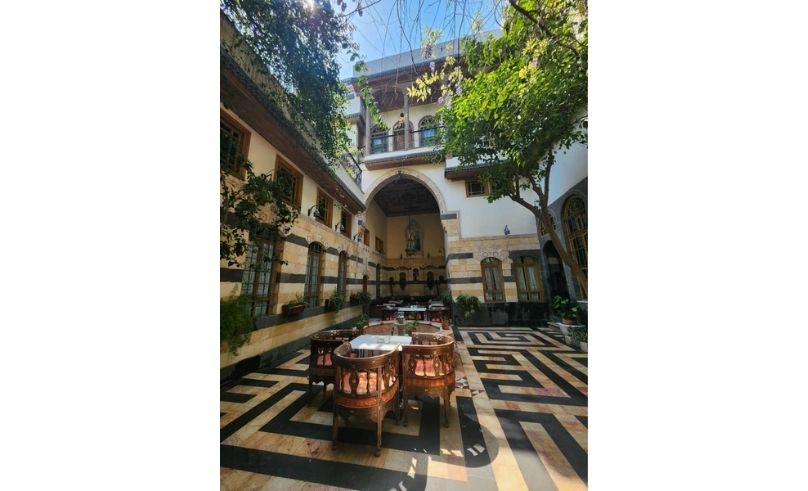
In the heart of Old Damascus, behind high pink walls and a heavy wooden door, Beit Al Mamlouka brings new life to a 17th-century Damascene house. Restored over three years by Syrian architect May Mamarbashi as part of her PhD, the building opened in 2004 as the city’s first five-star boutique hotel.
The house features architectural layers spanning centuries, including an 18th-century layout and a preserved mid-16th-century archway. The hotel offers eight rooms set around a central courtyard filled with citrus trees and the scent of jasmine.
In 2007, a new owner with family roots in Syrian silk brocade took over the hotel, introducing authentic textile elements to the interiors. A former bayka (stable) has been adapted as a gallery, restaurant and bar, extending the site’s original footprint while preserving its character.
Manouchehri House, Kashan, Iran
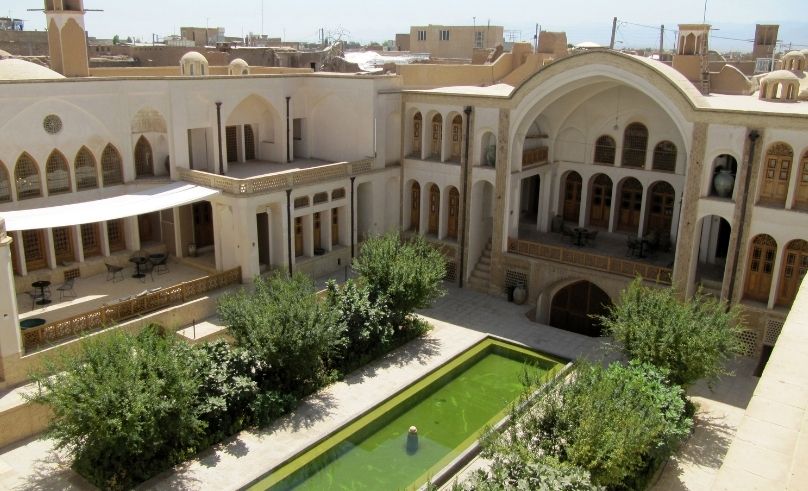
In Kashan’s historic quarter, a neglected 19th-century merchant home has been restored by Akbar Helli and Shahnaz Nader. Now a boutique hotel and textile centre, Manouchehri House anchors a broader architectural and cultural revival in the city.
The project aimed to revive endangered textile traditions - such as brocade, silk and velvet weaving - while reinhabiting a residential structure indicative of Kashan’s heritage. The restored complex includes workshops, a fine dining venue, an art gallery, a handicraft shop, and a cinema adapted from the original cistern.
Since its opening, the project has attracted global visitors and inspired similar initiatives across Kashan.
Dar Tantora The House Hotel, AlUla, Saudi Arabia
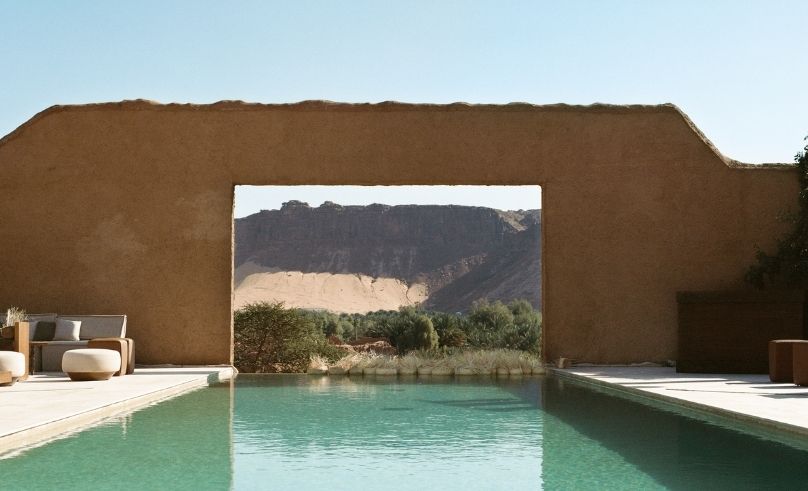
Tucked within the historic fabric of AlUla’s Old Town, Dar Tantora The House Hotel transforms a cluster of traditional mud-brick homes into a low-impact, candlelit eco-retreat. Architect Shahira Fahmy led the restoration using hand-moulded bricks and original techniques, working closely with local artisans, archaeologists, and craftspeople.
The project brings back traditional cooling methods, minimal electrical use, and the tantora sundial, which guides the layout and rhythm of the site. Interior surfaces are adorned with hand-painted murals - revived in collaboration with local students - that draw from the historic visual language of AlUla.
The Ned Hotel, Doha, Qatar
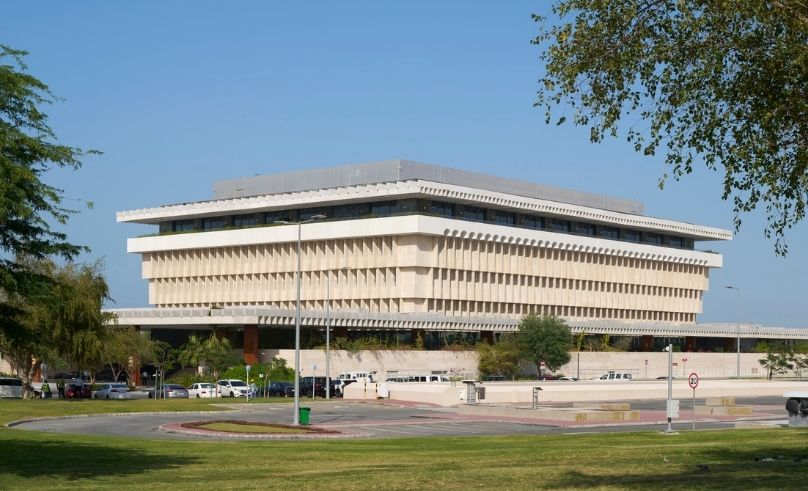
In Doha, a landmark of the city’s early modern era has been carefully transformed. Originally designed in the 1970s by Lebanese architect William Sednaoui, the former Ministry of Interior building is now a 90-room boutique hotel that preserves a rare example of Middle Eastern brutalist architecture.
The project is sensitively refurbished and extended with a new rooftop level housing a spa, fitness centre and club lounge overlooking the Persian Sea and city skyline. At podium level, a brise soleil canopy of slender concrete ribs provides shade to gardens, water basins and gathering spaces that draw on traditional passive cooling strategies. Inside, robust concrete is balanced by refined materials such as travertine, Iroko wood and marble. At its centre, a courtyard hosts restaurants and bars, creating a lively social core within the historic fabric.
The Chedi Al Bait, Sharjah, United Arab Emirates
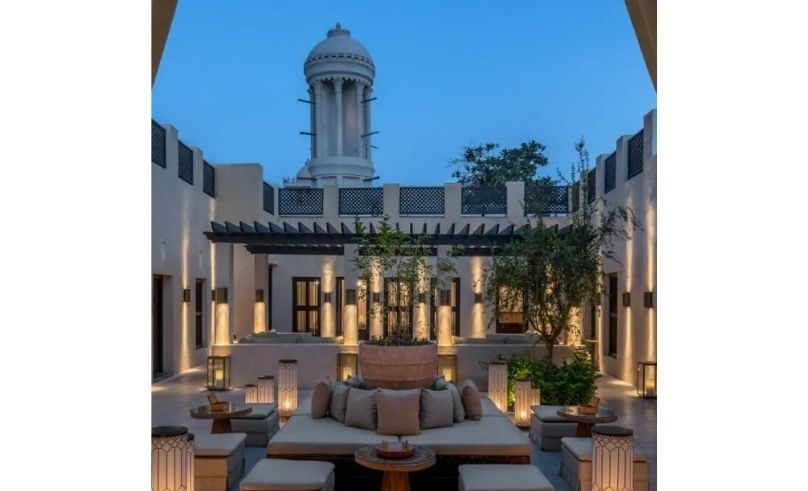
Set within Sharjah’s historic district, The Chedi Al Bait reimagines four coral stone heritage homes - once belonging to prominent local figures - into a seamless luxury retreat. The site’s most significant structure, the residence of Ibrahim Bin Mohammed Al Midfa (Sharjah’s first journalist), now houses a library and museum framed by original hand-painted doors and domes.
Traditional Emirati elements such as wind towers, internal courtyards, and gypsum plaster have been preserved or revived, while new additions maintain a light footprint. A hidden passage links the hotel to Souq Al Arsah - one of the UAE’s oldest marketplaces - allowing the past to remain present in daily experience.
- Previous Article FSNP's Upper Deck Lounge Might Be Cairo’s Most Polished Levantine Spot
- Next Article Six Unexpected Natural Wonders to Explore in Egypt
Trending This Week
-
Dec 23, 2025







